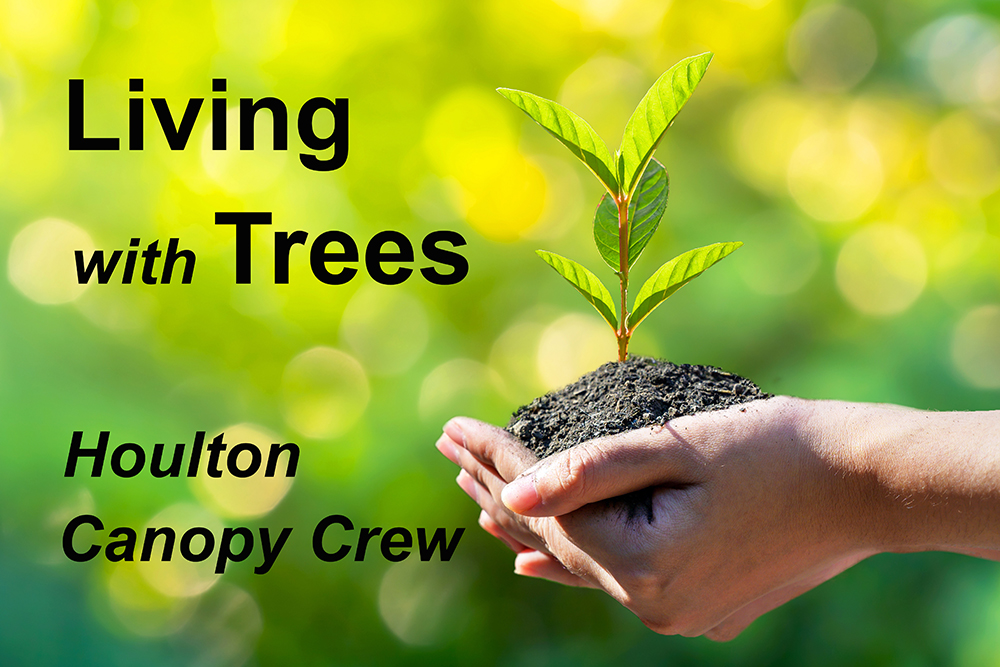There has been a lot of chatter about garden pests this year (well, maybe more than chatter when we find that the flowers we had planned to enjoy and the vegetables we wanted to eat have been eaten by certain garden pests).
They range from the more familiar like slugs and snails (how did they arrive so suddenly and in such numbers?), and pesky pincher bugs, to those pests that are newly becoming familiar, such as Japanese beetles and European chafer beetles, both of which can negatively affect lawns when in their larval stage.
While perennial flower gardens are certainly not immune to these pests and others, they are better able to withstand damage since they are established plants and, indeed, some damage indicates a healthy system that is providing food for other wildlife as part of a garden’s larger ecosystem.
It is important to look at that bigger picture when deciding how to control those garden pests that may currently be wreaking havoc on certain plants. While we tend to get focused on what those bugs may be doing to individual plants, in reality, less than 2 percent of insects are considered pests. Reaching for the nearest insecticide may be your first reaction, but most insecticides can’t distinguish between the insects we want and those we don’t.
By choosing to spray as an only option, you could also be killing the natural enemies (beneficial insects) that keep pests in check or an insect that is the main food source of songbirds and other animals. The presence of beneficial insects means that they are doing the work for you. We all know the benefits of ladybugs and their appetite for aphids but there are other good bugs like parasitoid wasps, which reduce pest populations by laying their eggs in other insects.
According to the Xerces Society for Invertebrate Conservation, more than $3 billion are spent on home and garden pesticides each year just in the United States an estimated 60 million pounds of pesticides are used, including 14 million pounds of insecticide. With those kinds of numbers, what are some safer and friendlier alternatives people can use?
First, knowing the pest you’d like to “uninvite” to your garden is key, and downloading an app like iNaturalist can help with pest ID. UMaine Cooperative Extension’s website also provides photos of common pests https://extension.umaine.edu/gardening/diagnose/ as well as management solutions. If you remain unsure of identification, there is even the option to send in a sample to their lab.
There has been a lot of national focus on the benefits of establishing pollinator gardens and it makes sense to find alternatives to applying insecticides when you need some control. Most of the time, there are simple actions you can take to make a difference in reducing numbers of pests, but early detection is key.
There is probably nothing simpler than using a container with a drop of dish soap and some water and checking your plants in the cool of the morning (so the bugs aren’t as likely to fly away) and dropping or flicking or knocking in targeted pests, like those Japanese beetles. Simple barriers like applying wood ash around plants can also prevent slug and snail damage, but must be reapplied after it rains. And speaking of rain, reaching for the insecticide first can also contribute to pesticide runoff into our streams and water bodies. Diatomaceous earth can also be used as a barrier for pest control, but again, knowing your pest is ideal as you do not want to mistakenly harm beneficials or other non-targeted insects.
So please, don’t just reach for the Raid or Round-Up when you have a garden pest you want to get rid of because you could actually be doing more damage to your soil and the planet in the long run than saving a few plants in the short term. If you are serious about your gardens, do some research and inspect those plants often. Get out your camera and snap a picture of any unwanted pests, then get online and go to some of the resources mentioned above to find out how to outwit them by learning their life cycle and feeding habits.
Flower gardens may provide aesthetic beauty for us but for the many wildlife (and plants requiring pollination) relying on a healthy environment, a garden free from pesticides, when possible, is the best long-term option.
Angie Wotton is part of the Houlton Canopy Crew, whose members are committed to caring for trees and gardens.






